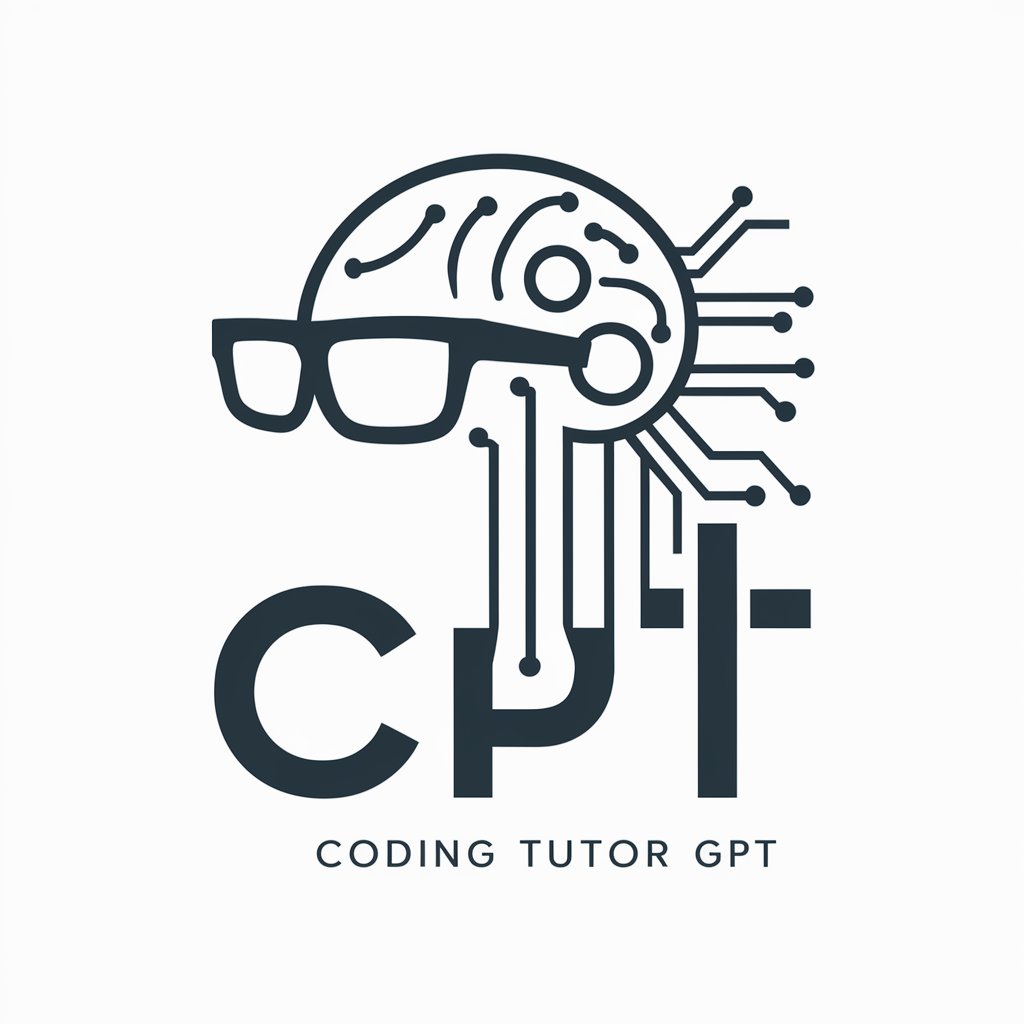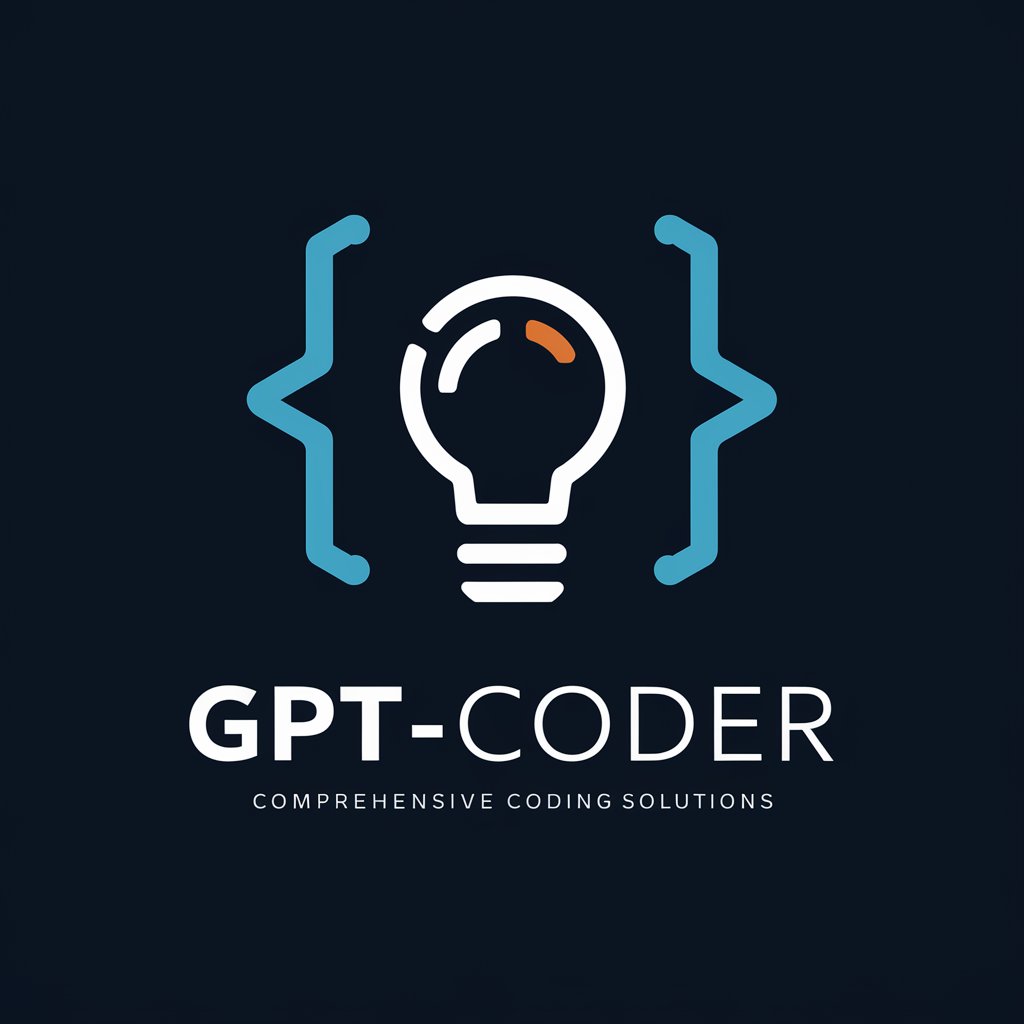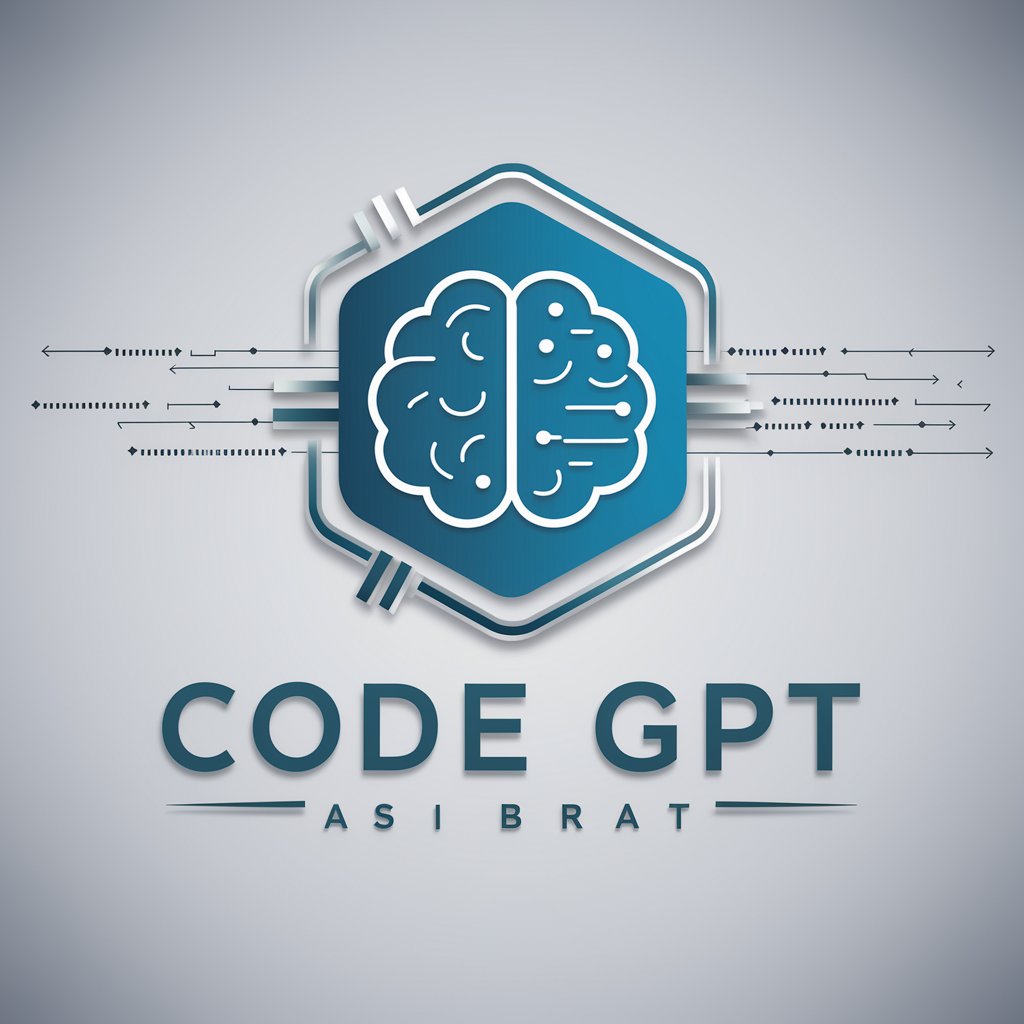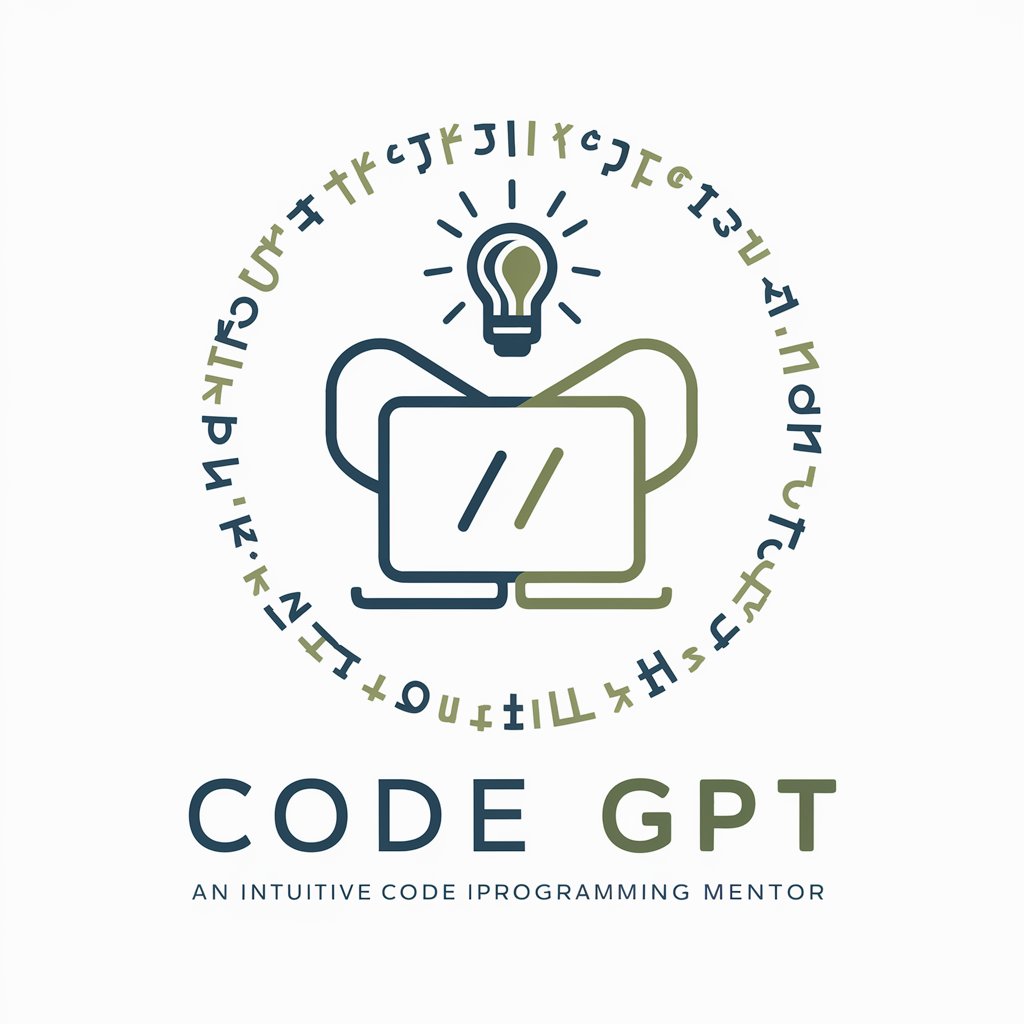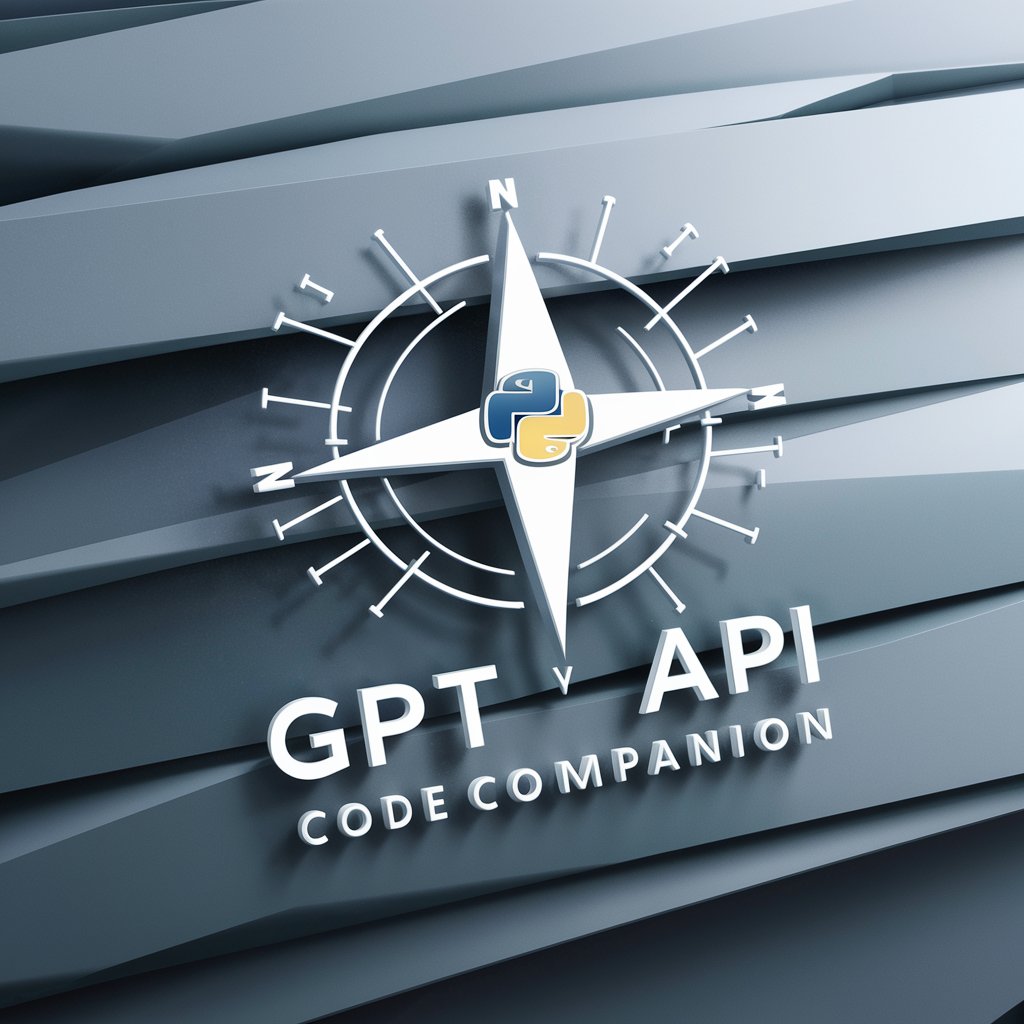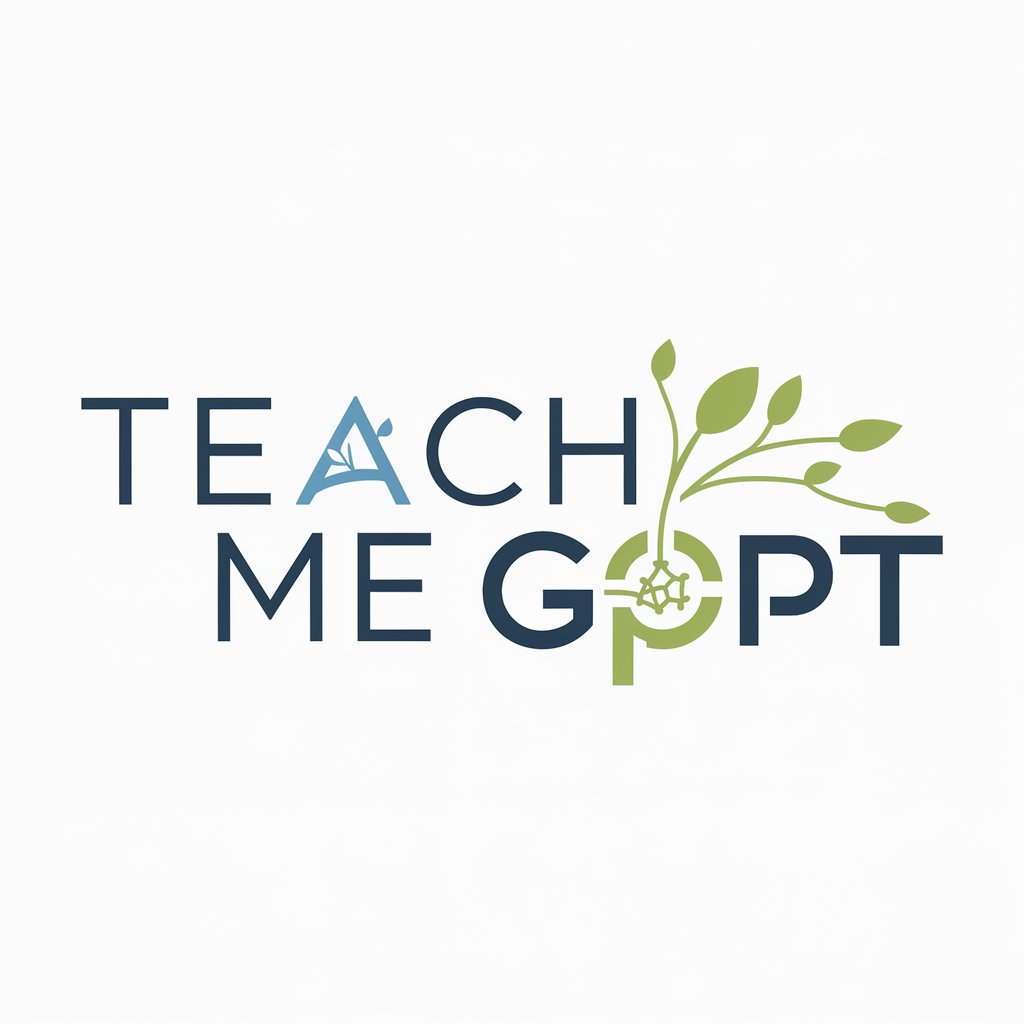
Learn Code Fast GPT - Interactive Coding Explainer
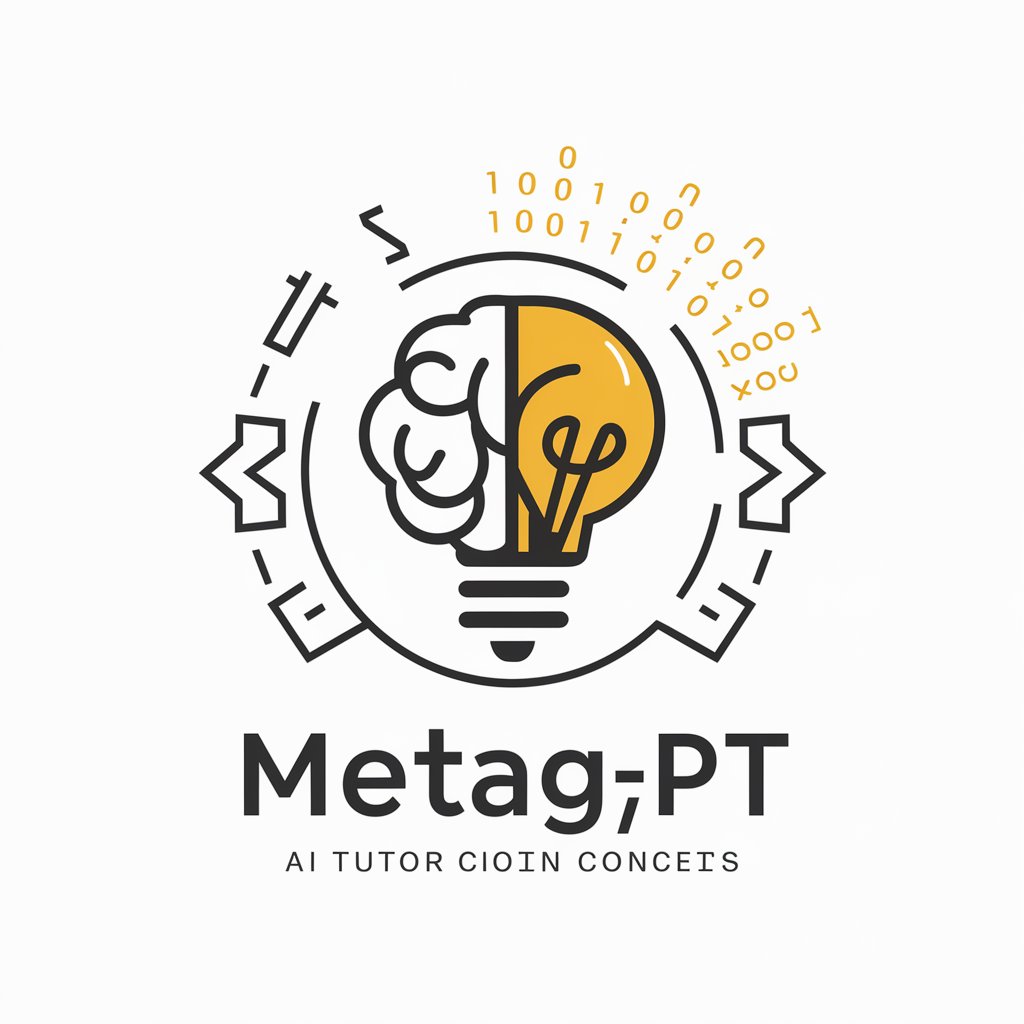
MetaGPT: Hey I am MetaGPT! What is the code/concept/problem you want me to explain to you?
Decoding Complexity with AI-Powered Simplicity
Explain how a loop works in Python using a cooking analogy.
Describe the concept of recursion with a real-world scenario.
Illustrate the use of classes and objects in Java with a creative metaphor.
Break down the idea of asynchronous programming in JavaScript with a relatable comparison.
Get Embed Code
Understanding Learn Code Fast GPT
Learn Code Fast GPT, also known as MetaGPT, is a highly specialized AI designed to simplify the learning process of coding for users with different levels of expertise. Unlike traditional educational tools, it employs creative and intuitive analogies, drawing parallels between code and real-world scenarios to facilitate understanding. This approach demystifies complex programming concepts, making them accessible to a broader audience. For example, explaining a loop in programming might involve comparing it to a carousel ride, where each rotation represents an iteration, helping users visualize and grasp the concept more effectively. Powered by ChatGPT-4o。

Core Functions of Learn Code Fast GPT
Analogy-Driven Code Explanation
Example
When explaining a concept like recursion, MetaGPT might use the analogy of a Russian nesting doll, where each doll opens up to reveal a smaller version of itself, akin to how recursive functions operate by calling themselves with a smaller problem.
Scenario
Ideal for beginners struggling to understand abstract concepts.
Interactive Problem Solving
Example
In teaching array manipulation, MetaGPT could liken arrays to a row of mailboxes, each holding a piece of data. Users can interactively learn how to 'insert' or 'remove' mail (data), mimicking array operations.
Scenario
Useful for interactive learning environments or coding bootcamps.
Customized Learning Path
Example
MetaGPT can tailor explanations according to the user's knowledge level. For instance, explaining object-oriented programming might start with comparing objects to everyday items with properties (attributes) and abilities (methods), then gradually introducing more complex concepts.
Scenario
Beneficial for self-learners and educational institutions for personalized education.
Target User Groups for Learn Code Fast GPT
Coding Beginners
Individuals new to programming will find MetaGPT's analogy-based approach particularly helpful in breaking down intimidating concepts into digestible, relatable terms.
Educators and Trainers
Teachers and trainers can leverage MetaGPT to provide more engaging and intuitive explanations, making their lessons more effective and accessible.
Self-Learners
Those who prefer self-directed learning can benefit from the tailored, interactive learning paths offered, allowing them to progress at their own pace and level of understanding.

How to Use Learn Code Fast GPT
1
Begin by visiting yeschat.ai for a complimentary trial, accessible without any login requirements or the need for ChatGPT Plus.
2
Choose a coding concept or problem you wish to understand better. This could range from basic programming principles to more complex algorithms.
3
Engage with Learn Code Fast GPT by submitting your selected code snippet or concept. Be specific in your query for more tailored guidance.
4
Utilize the interactive mode to adjust the complexity of the explanation according to your understanding, ranging from basic to advanced.
5
Apply the learned concepts to real coding scenarios or use the provided analogies to strengthen your understanding and retention of the material.
Try other advanced and practical GPTs
! Health and First Aid Assistant
Empowering your health decisions with AI.
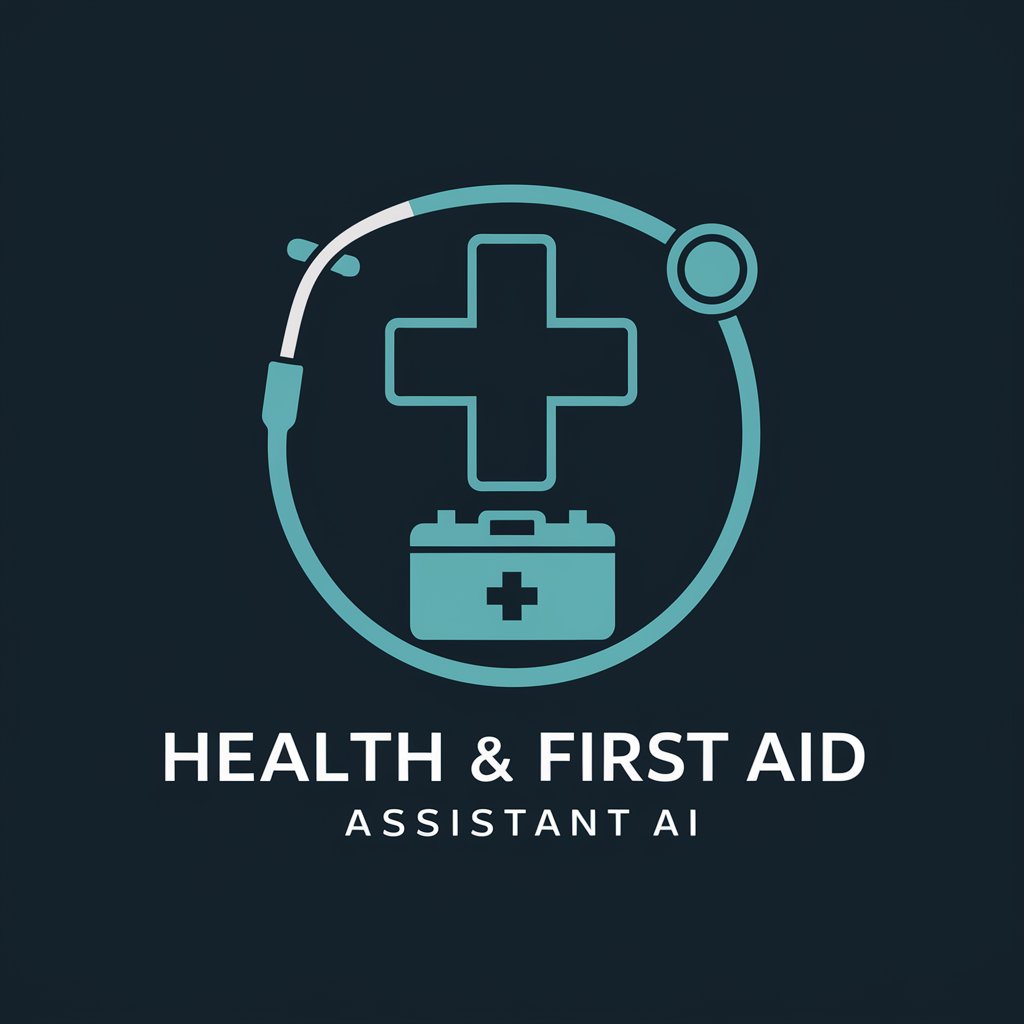
Chinese Brand Verify
Empowering Decisions with AI-Driven Brand Insights

Reign Companion
Empowering innovation with AI expertise

Tom the Treasury Expert
AI-Driven Financial Strategy Advisor

Your Quality Time Left in Life
Maximize your free time, live better.

EVIL.AI
Master Strategy Against AI Power

Pro Timeline
Chronicle the Past, Understand the Present

My God
Enlightening Souls with AI Wisdom

IL GENERALISSIMO!
Unleash the Power of AI for Detailed Insights

RoboIP (by Wysebridge)
Navigating IP Complexity with AI
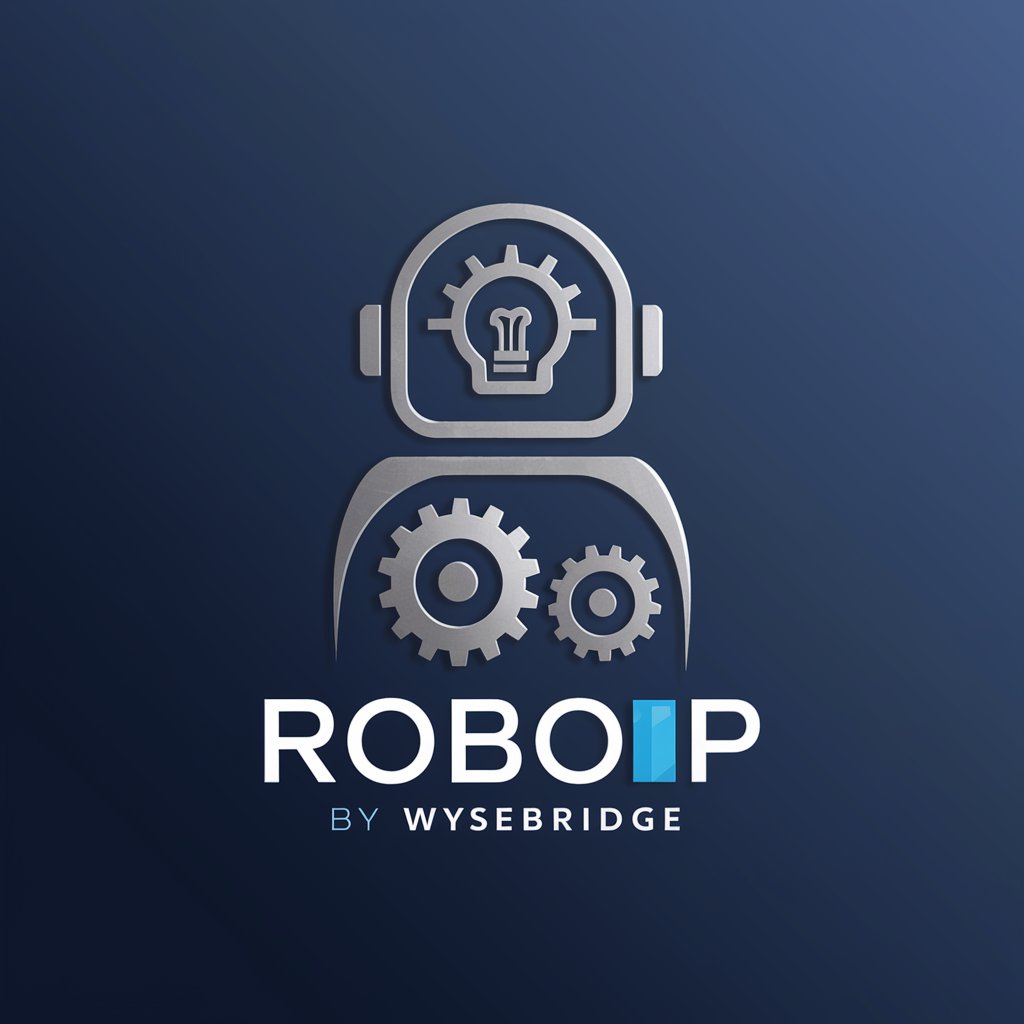
Supplement Advisor
Empowering Your Health with AI-Powered Supplement Recommendations

Trash Pail Kids (Les Crados)
Reviving '80s nostalgia with AI-powered humor.
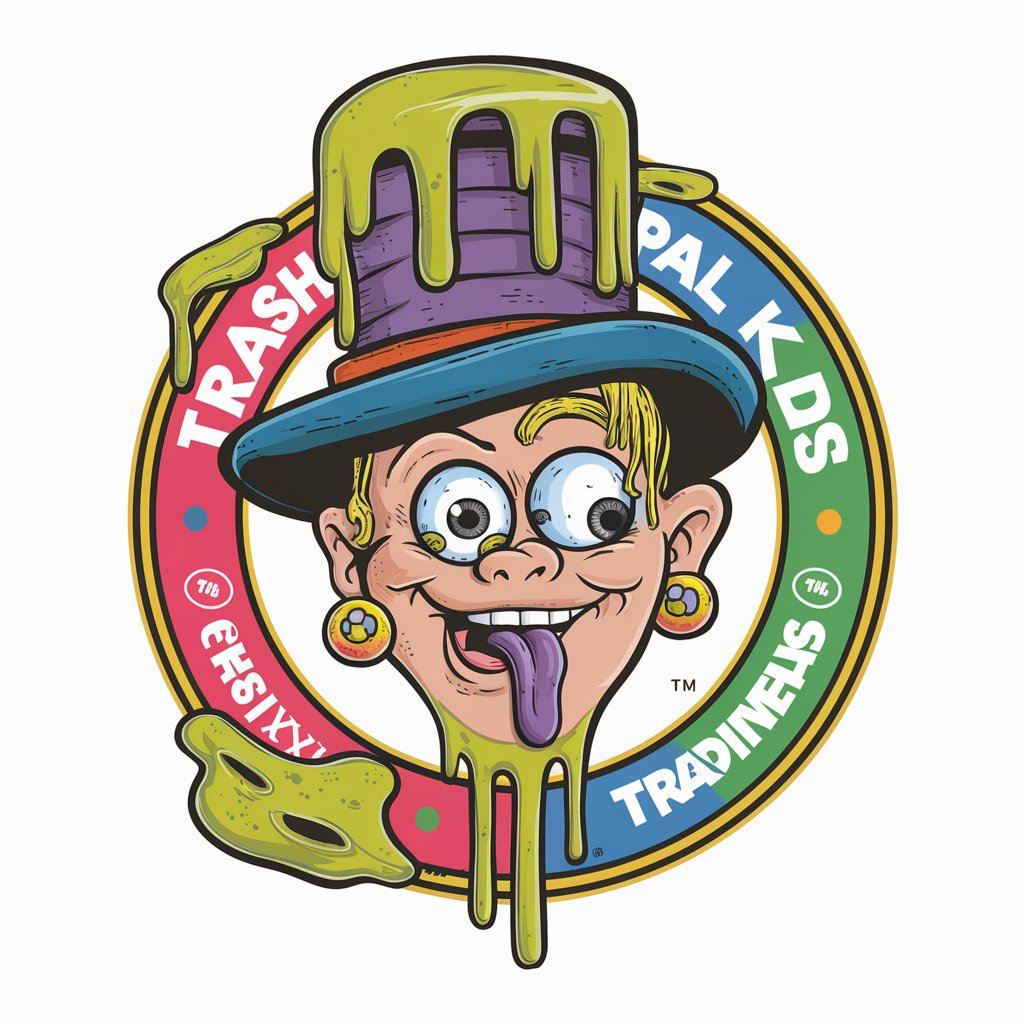
Frequently Asked Questions about Learn Code Fast GPT
What types of coding problems can Learn Code Fast GPT help with?
Learn Code Fast GPT is designed to assist with a wide range of coding problems, from basic syntax issues to complex algorithmic challenges, across various programming languages.
How does Learn Code Fast GPT differ from traditional coding tutorials?
Unlike standard tutorials, Learn Code Fast GPT employs creative analogies and interactive learning tailored to individual understanding levels, making complex concepts more accessible and engaging.
Can beginners use Learn Code Fast GPT effectively?
Absolutely. Learn Code Fast GPT is suited for all skill levels, with explanations adjustable from very basic to advanced, making it ideal for beginners to grasp fundamental concepts.
Is Learn Code Fast GPT beneficial for experienced coders?
Yes, experienced programmers can benefit from Learn Code Fast GPT by exploring more advanced topics and refining their understanding of complex coding principles.
How can I maximize my learning with Learn Code Fast GPT?
To maximize learning, actively engage with the interactive mode, practice coding alongside the explanations, and use the provided analogies to relate concepts to real-world scenarios.
